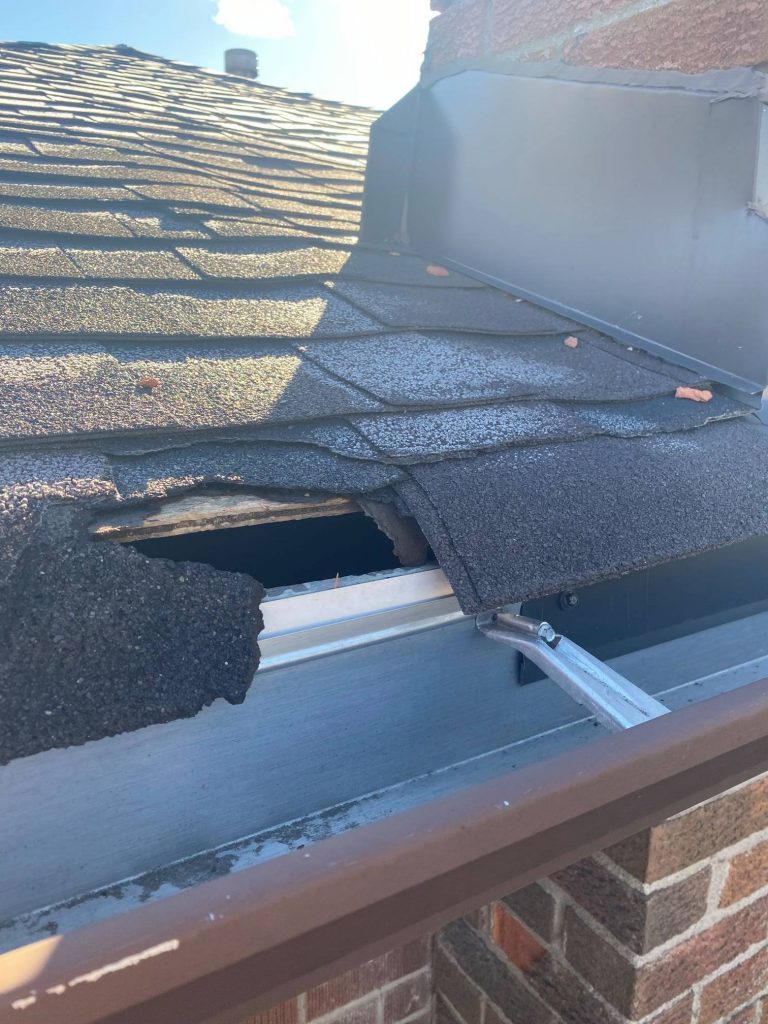
Rodent (Rat/Mice) Control in Richmond Hill

Rats can be a problem for homeowners at any time of the year. Trust the professionals at Critter Control Canada. Our experts have the experience, knowledge, and skills to effectively control your rat problem.
Common Areas Affected by Rats

Rats are active year round. Rats typically live in urban or suburban areas if access to food sources, water, and shelter can be acquired. Rats are some of the most destructive pests homeowners face. Rats constant gnawing will damage any material including shingles, electrical wires, and PVC pipes. Rats spread feces and urine as the travel through your house, contiminating every centimeter they touch. These pests can get inside through cracks and holes in the around the roof, on your walls, and on foundations. Common areas to find rat nests:
- Backyard sheds
- Garages
- Attics
- Roofs
- Under porches
- Within walls
Rat Behaviour
Rats are intelligence critters and highly resourceful in finding food. Rats are cautious and will avoid changes in their environment. Once the rodents have entered your house and located sources of food and water, they will start building a nest. Rats tend to stay within 30 meters of their nest. Rats use anything they can to build a nest—paper, clothes, insulation, you name it. Rats might even start chewing drywall and wiring in their efforts to build a nest; this can cause significant damage to your home and even increase the likelihood of a house fire.
Rats are prolific breeders, with a single female capable of producing up to 6 litters per year, each containing 6 to 12 pups. This rapid reproduction rate means that a small rat problem can quickly escalate into a major infestation if left unchecked.
Rats are nocturnal and will avoid people. It is unlikely you’ll see an actual rat, but you will notice evidence like gnaw marks, droppings, smudge marks along the wall.

Seasonal Issues Associated with Rats
Rats are active year round in CITY. They are constantly looking for new food and water sources. There is no breeding season; females can reproduce every three to four weeks.
Winter
During winter, rats tend to seek warmer shelter, such as homes and buildings, while maintaining their foraging behavior for food sources in indoor and outdoor environments..
Summer
During the summer, rats exhibit heightened activity levels, foraging extensively for food, reproducing rapidly, and seeking shelter in both outdoor and indoor environments.
Spring
In spring, rats become more active outdoors, scavenging for food, establishing nests, and breeding prolifically as they take advantage of increased food availability and warmer weather conditions.
Fall
Autumn is the time of year where their reproduction habits may slow, but not stop completely. They will be preparing for the winter, gathering food for their colony, and extending their burrows.
Preventative Measures
Preventative measures can act as a strong deterrent to a rat infestation. Rats are tenacious and resoureful and can overcome many prevenative measures.

How to Prevent Rats from Invading
Preventing a rat infestation requires a combination of strategies aimed at making your home less attractive to rodents.
Secure Garbage and Food Sources
Secure garbage and food sources. Rats are tireless foragers constantly looking for food. Securing garbage cans.
Keep House Clean
Keep your house clean. Properly store food in your house and keep it tidy. This removes access to food and shelter inside your home.
Remove Shelter
Remove shelter in your yard. Rats avoid predators by taking shelter. Keep your lawn cut. Remove debris piles. Cut branches away from your roof. Trim shrubs and foliage.
Seal Entry Points
Seal holes around your home. This may be as simple as plugging small holes with steel wool, or patching holes in inside or outside walls.
Humane Control Methods
Effective rat control takes an integrated approach to pest control. At Critter Control, the first step is to control the rat population inside your house with traps. Rat trapping usually takes five to fourteen days, but time varies depending on the level of infestation. After rat trapping, we implement a whole home exclusion and recommend a maintanence program that includes bait stations.

Repair Services
Once the animals are removed, it’s time to apply sanitization agents to the contaminated area. The Wildlife Service Technician will thoroughly disinfect where necessary. Additionally, all dead rats will be removed. With that, you can breathe easier in your own home..
Exclusion Measures
Rats can gain entry through such a small opening. But Critter Control Wildlife Service Technicians have the experience and training to find all current and potential entry points. Once the weak points are identified, a whole home exclusion is necessary to prevent future rat problems. The professionals will use sealants, wire mesh, and other rat-proofing structures to safeguard your home.
Our expert team can assess your property’s unique vulnerabilities and recommend tailored exclusion strategies to safeguard against rat invasions.

Professional Assistance for Rat Control in Richmond Hill
If you have a rat problem, it’s time to call in professional help. Considering their reproduction rat, if you find evidence of one rat, there likely is a rat colony.
When approaching a rat removal plan, the key to long-term success is to consider the entire rat population. A comprehensive plan will include careful inspection, trapping, removal, exclusion, prevention, and clean up. The goal is to exterminate the current infestation, prevent future issues, and reclaim a sanitary environment. Here’s a breakdown of the thorough process:
Don’t let rats take over your property. Contact us today to schedule a consultation and take the first step towards a rat-free environment.